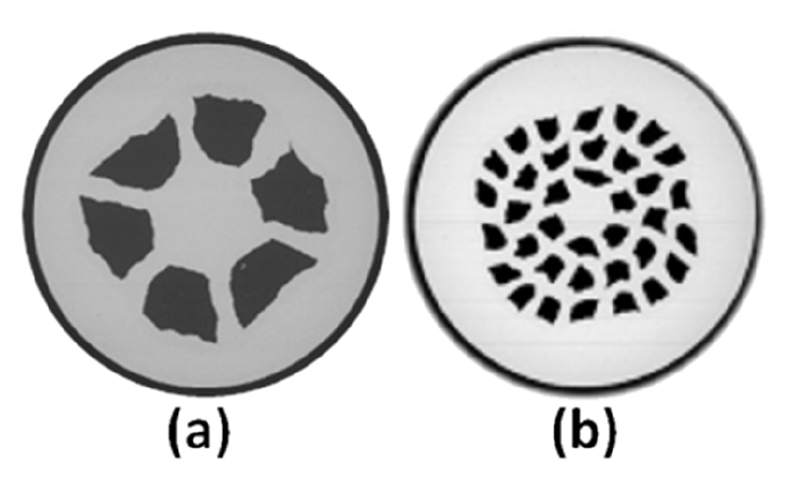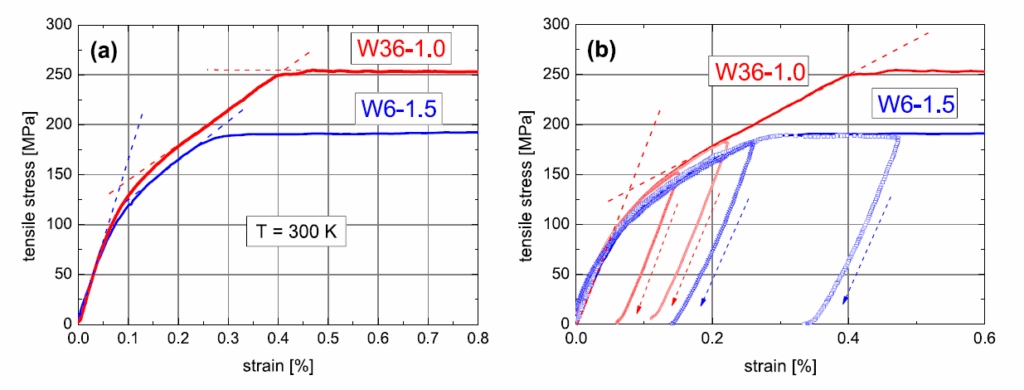Ex-situ MgB2 wires, specifically wires manufactured by ASG (see Figure 1), are considered for a cable design, in the frame of European project SCARLET. This project aims to develop industrial level superconducting cables capable of carrying DC current of 20 kA which is cooled by liquid hydrogen to 20 K. Inserting a superconducting cable in the liquid hydrogen pipeline network offers a unique way to benefit from an existing cryogenic pipe network and simultaneously distribute electricity and hydrogen. However, the brittle nature of these wires means that spooling, cabling and operation can permanently damage the wires and mechanical limits of the wires needs to be studied. Also, sudden transition (quench) from the superconducting state, can generate very high heat, and proper thermal dissipation is required. The results presented in this article by Pavol Kováč and his team provide the necessary data to ensure reliable operation of these promising cables.

Several configurations of MgB2/Nickel/Monel composite wires have been subjected to electrical and mechanical characterization, which allow the estimation of the stress limits during the manufacturing of the designed cable. These experiments demonstrated that the maximal tensile stress applied to the wire at room temperature should be below 180–200 MPa (Fig. 2), and safety bending observed for the outer filament strains was below 0.3%–0.35%. It is also revealed that the limit of acceptable torsion (expressed by the twist pitch to wire diameter Lt/dw) is affected by the filament architecture and wire diameter. This limit should be above 100 for 1 mm wire and above 150 for 1.53 mm wire. Regarding thermal stability of the wires, it was found that it is affected by the sample length, and also by the cooling conditions. Thermal stability of the wires was improved by adding a thin copper layer onto the wires surface. Ex-situ wires studied in the SCARLET project also have higher critical temperature than in-situ ones, which provides additional resistance against thermal damage.

Authors: Pavol Kováč, Marek Búran, Ján Kováč, Tibor Melišek, Imrich Hušek, Dušan Berek, Paola Mauceri, Tiziana Spina, Christian Eric Bruzek
Link: https://iopscience.iop.org/article/10.1088/1361-6668/ad3f7e





